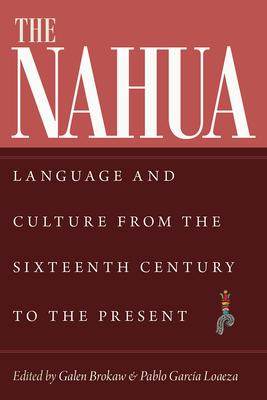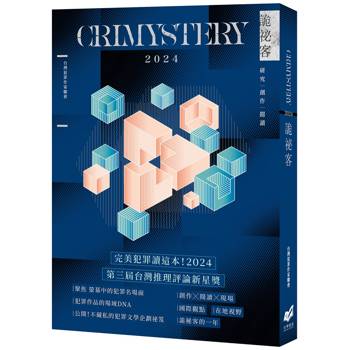Revealing the resiliency of Nahua culture and language while highlighting the adaptations and changes they have undergone over the centuries, The Nahua demonstrates that Nahuatl remained a vibrant and central language well after European contact and into the twenty-first century, and its characteristic features can provide insight into nuanced aspects of Nahua culture and history.
During the colonial period, Nahuatl became a means of empowerment, oppression, and indoctrination. In modern times, Nahuatl continues to serve as an ideological lightning rod for both the Mexican government and Indigenous communities. Contributors to this volume focus on Nahua intellectual production from the sixteenth century to the present; contact and the negotiation of meaning; adaptations of Christian lore that show how representations of creation, hell, and the Passion of Christ reflected Nahua perceptions and understandings; Nahua cultural expressions, including poetry, healing rituals, and even running; language and geography; Nahuatl place-names; and the transformation of Nahuatl speakers from antiquity to the present. Showcasing how Nahuatl’s cultural resilience permanently shaped the region’s social geography, The Nahua engages the field’s interest in the nonhomogenous character of the language, with regional and subregional dialects and pronunciations that reflect the history of pre-Columbian migrations and modern-era influences. Bridging the study of Nahuatl as a "historical" Indigenous language tradition with the study of modern-day speakers and their experiences, this work is of significance to students, scholars, and speakers of the languages as well as those studying colonial New Spain, Indigenous resilience, or Indigenous linguistics.| FindBook |
有 1 項符合
The Nahua: Language and Culture from the 16th Century to the Present的圖書 |
 |
The Nahua: Language and Culture from the 16th Century to the Present 出版社:University Press of Colorado 出版日期:2024-04-15 語言:英文 規格:平裝 / 312頁 / 普通級/ 初版 |
| 圖書館借閱 |
| 國家圖書館 | 全國圖書書目資訊網 | 國立公共資訊圖書館 | 電子書服務平台 | MetaCat 跨館整合查詢 |
| 臺北市立圖書館 | 新北市立圖書館 | 基隆市公共圖書館 | 桃園市立圖書館 | 新竹縣公共圖書館 |
| 苗栗縣立圖書館 | 臺中市立圖書館 | 彰化縣公共圖書館 | 南投縣文化局 | 雲林縣公共圖書館 |
| 嘉義縣圖書館 | 臺南市立圖書館 | 高雄市立圖書館 | 屏東縣公共圖書館 | 宜蘭縣公共圖書館 |
| 花蓮縣文化局 | 臺東縣文化處 |
|
|
圖書介紹 - 資料來源:博客來 評分:
圖書名稱:The Nahua: Language and Culture from the 16th Century to the Present
內容簡介
作者簡介
Galen Brokaw is professor of Latin American studies and Hispanic studies at Montana State University. He is the author of A History of the Khipu and coeditor of Texcoco: Prehispanic and Colonial Perspectives and Fernando de Alva Ixtlilxochitl and His Legacy.
Pablo García Loaeza teaches at the Cannon School in Concord, North Carolina. His research focuses on Latin American literature, especially from the colonial period. He is coeditor of History of the Chichimeca Nation: Don Fernando de Alva Ixtlilxochitl’s Seventeenth-Century Chronicle of Ancient Mexico and The Conquest of Mexico: 500 Years of Reinventions.
|











